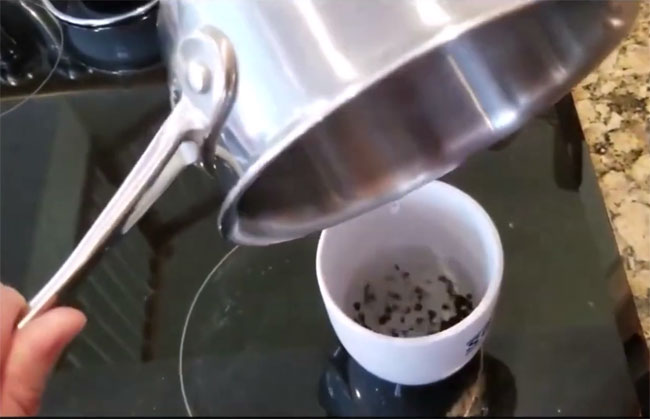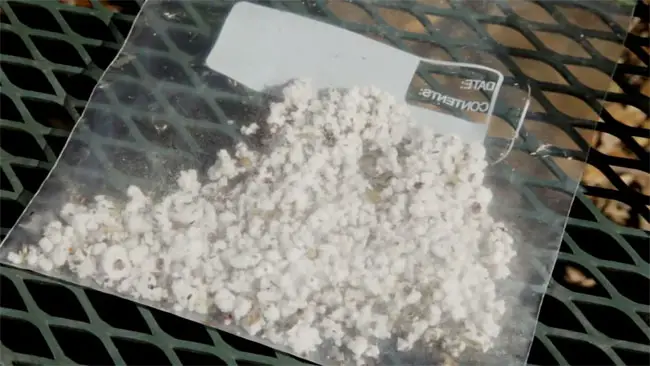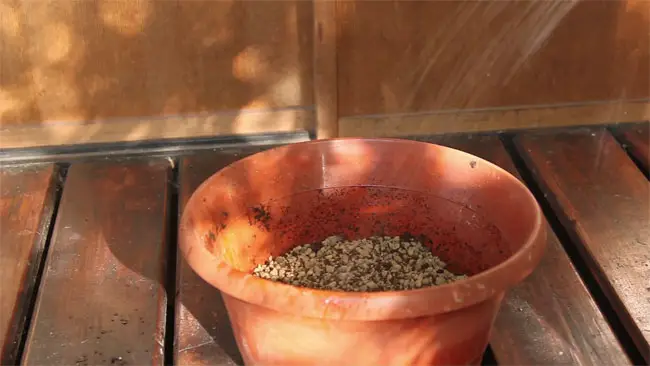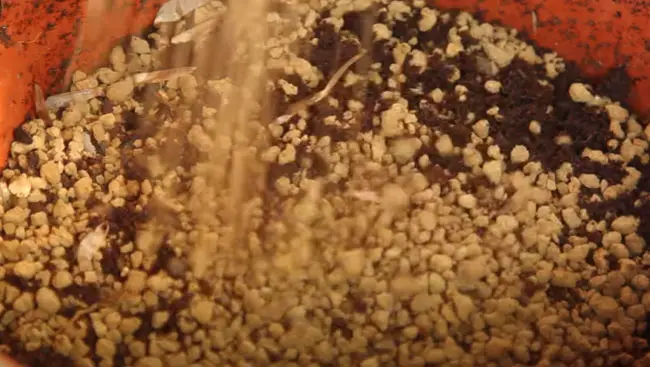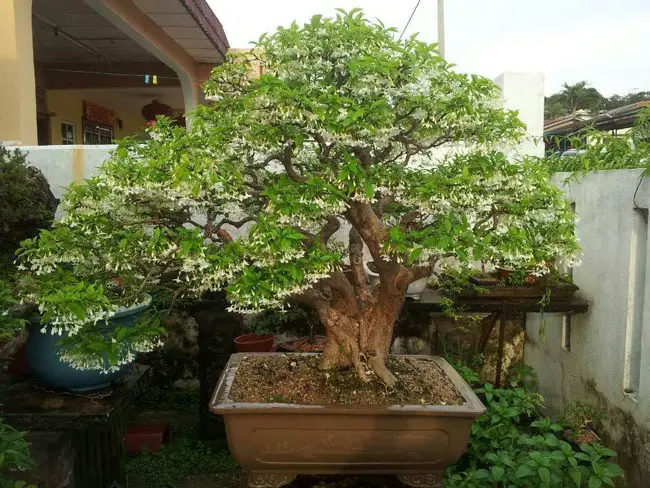Bonsai is a miniature plant propagated in a container. It is just like any other plant, but bonsai is somewhat different because it is maintained in its small size. A bonsai tree can be cultivated from a cutting or seed. Bonsai seeds do not actually exist.
Bonsai are just derived from a normal tree seed. The tree seed should be planted in a container, repotted according to the needs of a certain bonsai tree species, its branches and roots are pruned on a scheduled basis, and its trunk and crown are trimmed to be a bonsai. Cultivating a bonsai tree seed requires extra care, patience, and proper knowledge.
Bonsai tree seeds are available in all gardening stores and even online businesses. You can choose whatever species you like but make sure you properly germinate and care for it. You have to ask or read instructions on germinating and caring for the specific species you bought because each species has different requirements to grow and develop into a beautiful and healthy bonsai tree.
Germination
One very important factor in the success of bonsai tree seed germination is to maintain its freshness. If you are not ready to plant your bonsai tree seed, place it in a plastic bag. Label it so that you won’t get confused about what species it belongs especially if you purchase a number of bonsai tree seeds.
It would help if you refrigerated the bonsai tree seed at a temperature of 5-6°C. This will be a perfect temperature for them. If you are ready to plant it, there are two germination methods you can choose from, namely, natural germination and forced germination.
Natural germination involves planting the bonsai tree seed in the required type of soil during autumn. Scarification and stratification are required processes for seeds to germinate normally occur during the winter season. Then, the bonsai tree seed will sprout next spring.
Forced germination involves the artificial accomplishment of the germination process. It includes three steps: scarification, stratification, and sowing. Most species need the three steps, while some may need more or less than these three steps.
1. Scarification
The first step in forced germination is scarification, which is a process that softens the outer shell of the tree to allow the water to reach the inside portion of the seed. You need to put the seeds in a bowl with water for about 24 to 48 hours.
The water that you will use primarily depends on the species of the bonsai tree seed; they may require boiling water, warm water, or water a room temperature. After soaking, you will only use the seeds that go under the water because they can live. It would be best if you discarded the floated seeds because they are empty.
2. Stratification
The second step is stratification, wherein a seed undergoes pretreatment to activate natural winter conditions because this is required for the seed before germination. Cold stratification is used for species that require cold weather before they undergo germination in the summer.
It would be best to place the seed in a moist medium (paper towel, peat, or sand). Then, put it inside a ziplock container. You must place it in the refrigerator and store it for 90 to 120 days. The seeds undergo dormancy at this period before they can proceed to the germination process.
Some species may require heat stratification. It is preceded by cold stratification; it serves as an interruption to the cold stratification process. For a specific period of time, the bonsai tree seeds are placed in a bowl and exposed a room temperature.
Then, it is placed back in the refrigerator to continue the cold stratification process. Knowing the bonsai tree seed species, you must buy essential to follow proper processes and timing.
3. Sowing
The last step is sowing. The bonsai tree seed is planted in suitable soil for a specific species. You can plant it in a container or the ground. It would help if you planted the bonsai tree seed half-inch down in the soil. You should keep the soil moist to allow the seed to grow.
Basic Growth Requirements for Bonsai
After planting the seed, it is essential to consider the amount of light and water. It would help if you watered it regularly. You should check out the soil where your bonsai tree seed is planted. Prevent the soil from getting dry as this can cause dehydration and death to your growing seed.
It would help if you gave enough sunlight to your planted bonsai tree seed. If it is planted outside, you should make sure that enough sunlight can reach it. If it is planted in a container and placed inside your home, you should place it near the window that sunlight can get through it.
Water and sunlight are basic requirements for the bonsai tree seed to grow. Thus, knowing your bonsai tree seed species about its growth requirements is necessary to support its proper growth and development.
Quick and Easy Techniques to Starting Bonsai from Seed
I am here to show you some quick and easy techniques about starting bonsai from seed. It is a straightforward process for you to carry out.
What you need to prepare:
- Dish with holes at the bottom
- Screen
- Bonsai seeds
- Soil mix
- Sand
- Water
You can start by preparing a dish, and you put a screen in it. You have to have holes in the bottom of the dish to allow the water to drain. Put a screen in it to prevent the soil from falling out.
When choosing the bonsai seeds, it is recommended that you use the real bonsai soil mix. It’s better for starting the seeds because it’s got a lot of aeration and water retention. It’s very loose, so the seedlings don’t struggle when they’re sprouting.
Then, you can get a whole bunch of seeds that you have been accumulating, and you may do things like a potpourri batch. Plant them all and see what happens.
What you need to do first is to cut the little section off the seeds or file a little section of the seeds where the seed was attached to the plant. You can see it’s almost like a little dimple.
You may cut the larger seeds or trim them off. Doing so will help break the seed’s shell so the seed can sprout and germinate out of this hard shell. Then put them all in warm water and soaked for 24 hours.
After 24 hours, you should take out any of the floating seeds because they are unviable. But you need to pay attention to some light seeds, and you shouldn’t take them away. They aren’t sinking because of their shape and not because they are unviable.
You can carefully water your bonsai soil mix and let the water absorbs. After the water has soaked right into the soil mix, you will get good watering on your soil mix.
Next, you can start to put those bonsai seeds just all over the place in random patterns. You can place them in the soil with almost no covering. With that, it makes the seeds to be very easy to sprout without much of a strain.
Then, cover them with a thin coating of sand to keep everything protected. The thin coating of sand will keep the seeds protected and also keep the moisture in the soil.
That’s almost it. From now on, you need to water them regularly to keep the soil reasonably moist.
After 1 or 2 weeks, some of the seeds will start to sprout. So you know, planting bonsai from seeds is a numbers game. You got to do a lot of them to get viable seeds.
How long does it take to grow a bonsai tree from a seed?
Planting a bonsai tree from a seed is a slow and satisfying process. If you plant a tree, you must give it some time to root and strengthen it before you start pruning and trimming it.
Depending on the species you want to grow, a bonsai tree may take up to 5 years to grow into a decent height. Many people believe that such a long time and effort is worthwhile because seeds are very economical, and people can control the tree at every stage of its growth.
Easy Bonsai Starter Kit
If you think getting ready for all the stuff required to grow a bonsai tree is a daunting task for you, you may consider getting an easy bonsai starter kit. Once you get one like Eve’s Bonsai Tree Starter Kit, you can start to grow your bonsai tree in no time.
The process for you to grow a bonsai tree through a start kit is generally as below:
- Soak soil
- Add seeds to soil
- Watch them grow (it takes about 1 to 2 years for them to grow to a decent size)
- Trim branches and leaves
- Trim and clean the roots
- Repot the plant
- Wire and shape the bonsai tree
Something to Pay Attention to When Growing Bonsai Tree from Seed
- If you are growing Judas Tree and Japanese Maple Tree, it can be very helpful for you to use sandpaper on the seeds right before you put them in the water container for the required 24 or 48 hours. Doing so will help the plant grow faster when you put it in the soil. What you need to pay attention to is not over or under-watering it.
- When doing the wiring, you need to be careful by not doing it forcefully, which can accidentally snap the branches. Therefore, you need to wire them gently and slowly.
- If you are growing the pine bonsai, you can sow all the seeds at once into the dish. Then you can take them out to separate them into one tree per pot.
- If you are growing Japanese Black Pine Tree Seeds, you will need to sow one seed per pot. Or else they won’t have enough space to grow.

